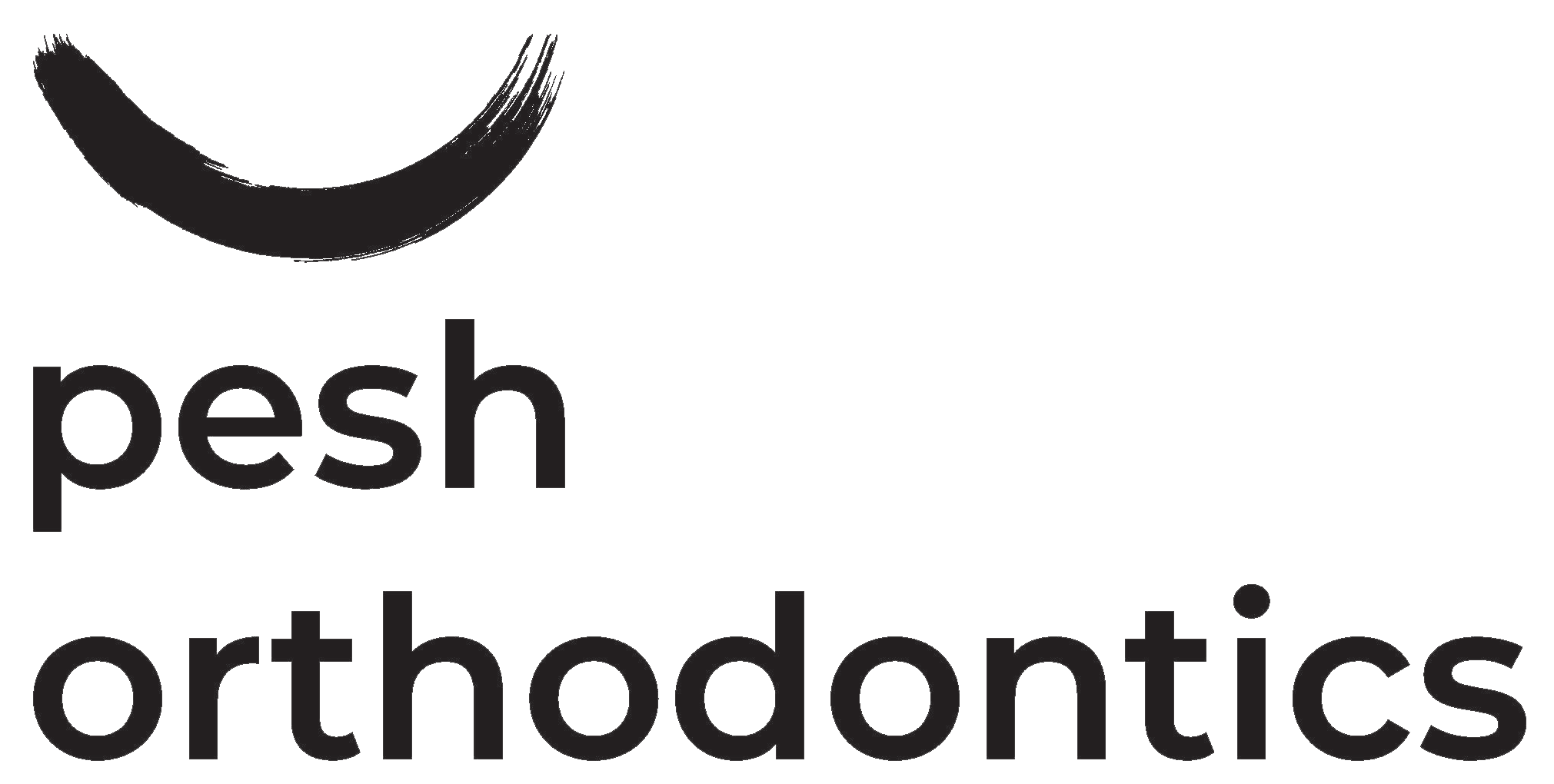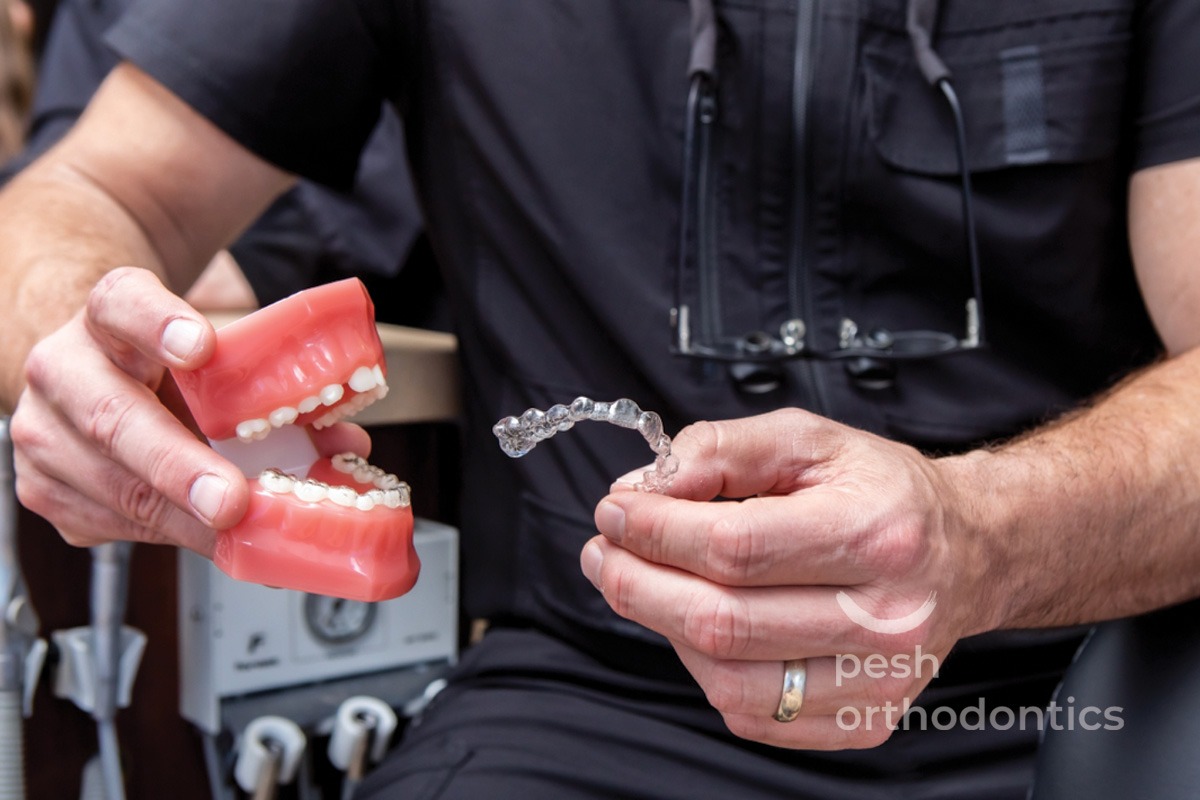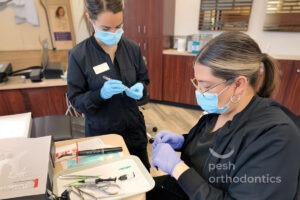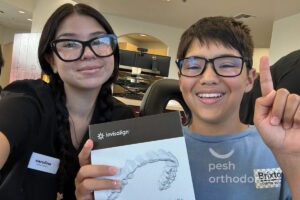Welcome to our blog, where we delve into the world of orthodontics to help you make informed decisions about your smile journey. If you’re considering Orthodontic Treatment, you’ve likely come across the age-old debate: Invisalign vs. Traditional Braces. Which one is right for you?
Choosing the right orthodontic treatment is a significant decision, impacting not only your smile but also your daily life and confidence. With advancements in Orthodontic Technology, patients now have more options than ever before, each with its own set of benefits and considerations.
In this article, we aim to demystify the choice between Invisalign clear aligners and traditional braces, shedding light on their differences, advantages, and limitations. Whether you prioritize aesthetics, comfort, or effectiveness, we’ll help you navigate through the pros and cons of each option to find the perfect fit for your unique needs.
So, let’s dive in and explore the world of orthodontic treatment options to discover which path will lead you to your dream smile.
Understanding Invisalign
Invisalign has revolutionized the field of orthodontics with its innovative approach to Teeth Straightening. Unlike traditional braces, which rely on brackets and wires, Invisalign clear aligners are virtually invisible and removable, offering a discreet and flexible solution for straightening your teeth.
Explanation of Invisalign clear aligners
Invisalign clear aligners are custom-made, transparent trays that fit snugly over your teeth, gradually shifting them into the desired position. Made from a smooth, BPA-free plastic, Invisalign Aligners are comfortable to wear and virtually undetectable, making them a popular choice among adults and teens alike.
How Invisalign works
The treatment process begins with a consultation with an orthodontist, who will assess your dental condition and create a customized treatment plan using advanced 3D imaging technology. Based on this plan, a series of aligners will be crafted specifically for you, each designed to exert gentle pressure on your teeth to guide them into alignment over time.
Advantages of Invisalign
- Aesthetics: Invisalign aligners are transparent, making them virtually invisible when worn. This discreet nature allows you to undergo orthodontic treatment without feeling self-conscious about your appearance.
- Removability: Unlike traditional braces, which are fixed onto your teeth, Invisalign aligners are removable, allowing you to eat, drink, brush, and floss with ease. This flexibility promotes better oral hygiene and eliminates dietary restrictions.
- Comfort: Invisalign aligners are made from smooth, comfortable plastic, minimizing irritation to your cheeks and gums. Without the metal wires and brackets found in traditional braces, you can enjoy a more comfortable orthodontic experience.
Limitations of Invisalign
- Treatment suitability: While Invisalign can effectively treat a wide range of orthodontic issues, including crowding, spacing, and bite alignment, it may not be suitable for severe cases that require more complex tooth movements.
- Compliance required: Invisalign aligners must be worn for 20 to 22 hours per day to achieve optimal results. Compliance with wearing instructions is essential for the success of the treatment, requiring discipline and commitment from the patient.
In summary, Invisalign clear aligners offer a discreet, convenient, and comfortable alternative to traditional braces for achieving a straighter smile. However, it’s essential to consider your specific orthodontic needs and lifestyle factors when deciding if Invisalign is the right choice for you.
Exploring Traditional Braces
Traditional braces have been a cornerstone of orthodontic treatment for decades, offering a reliable and effective solution for correcting various dental issues. While they may lack the discreet appearance of Invisalign, traditional braces remain a popular choice for patients seeking comprehensive orthodontic care.
Overview of traditional braces
Traditional braces consist of Metal Brackets that are bonded to the front surfaces of your teeth and connected by archwires. These components work together to exert precise pressure on your teeth, gradually moving them into alignment. While the basic design of traditional braces has remained unchanged, advancements in orthodontic technology have led to smaller, more streamlined braces that are more comfortable and aesthetically pleasing.
Mechanics of traditional braces
The orthodontist will attach the brackets to your teeth using a special adhesive, and then thread the archwire through the brackets. Rubber bands, known as ligatures, may be used to secure the wire to the brackets. Throughout the treatment process, the orthodontist will periodically adjust the tension on the archwire to guide your teeth into the desired positions.
Advantages of traditional braces
- Effectiveness: Traditional braces are highly effective at correcting a wide range of orthodontic issues, including severe crowding, misalignment, and bite problems. They offer precise control over tooth movements, allowing for comprehensive treatment.
- Versatility: Traditional braces can be customized to address Complex Dental Issues, making them suitable for patients of all ages and orthodontic needs.
- Cost: In many cases, traditional braces may be more affordable than alternative treatments, such as Invisalign. They offer a cost-effective option for patients seeking orthodontic care without breaking the bank.
Disadvantages of traditional braces
- Aesthetics: Unlike Invisalign, traditional braces are visible when worn, which may affect the wearer’s confidence, especially among adults and professionals.
- Maintenance: Traditional braces require diligent oral hygiene practices to prevent plaque buildup and tooth decay. Special care must be taken to clean around the brackets and wires effectively.
- Comfort: While advancements have been made to improve the comfort of traditional braces, some patients may experience discomfort or irritation from the metal components, particularly during the initial adjustment period.
In summary, traditional braces offer a time-tested and reliable solution for achieving a straighter smile, with the ability to address a wide range of orthodontic issues effectively. However, it’s important to weigh the advantages and disadvantages of traditional braces against your individual preferences and lifestyle when making your orthodontic treatment decision.
Factors to Consider When Choosing Between Invisalign and Traditional Braces
Choosing between Invisalign and traditional braces requires careful consideration of various factors to ensure that you select the treatment option best suited to your needs and preferences. Here are some key factors to keep in mind:
Severity of orthodontic issues
The complexity of your orthodontic issues will play a significant role in determining which treatment option is most suitable for you. Invisalign is typically recommended for mild to moderate cases of crowding, spacing, and bite alignment issues. However, traditional braces may be more appropriate for severe or complex cases that require precise control over tooth movements.
Lifestyle and daily habits
Consider your lifestyle and daily habits when choosing between Invisalign and traditional braces. Invisalign aligners are removable, allowing you to enjoy your favorite foods without restrictions and maintain your regular oral hygiene routine with ease. If you have a busy schedule or participate in contact sports, the flexibility of Invisalign may be preferable. On the other hand, if you prefer a set-it-and-forget-it approach to orthodontic treatment, traditional braces may be a better fit.
Treatment goals and timeline
Your treatment goals and timeline will also influence your choice between Invisalign and traditional braces. Invisalign typically offers shorter treatment times compared to traditional braces, with some cases completing treatment in as little as six months. If you’re looking for a fast and discreet option for straightening your teeth, Invisalign may be the way to go. However, if you’re willing to commit to a longer treatment duration for potentially more comprehensive results, traditional braces may be worth considering.
Budget and insurance coverage
Cost is a significant consideration when choosing orthodontic treatment. Invisalign treatment tends to be more expensive than traditional braces, although the exact cost will depend on factors such as the complexity of your case and your location. It’s essential to factor in your budget and explore any insurance coverage or financing options available to you. While traditional braces may offer a more cost-effective solution for some patients, the benefits of Invisalign may outweigh the additional expense for others.
By carefully evaluating these factors and discussing your options with an experienced orthodontist, you can make an informed decision about whether Invisalign or traditional braces is the right choice for achieving your desired smile transformation. Remember that each treatment option has its own unique advantages and considerations, so it’s essential to choose the option that aligns with your individual needs and preferences
Conclusion
As you navigate the decision between Invisalign and traditional braces, it’s important to recognize that there is no one-size-fits-all solution. Both treatment options offer unique advantages and considerations, and the best choice for you will depend on your individual needs, lifestyle, and treatment goals.
Whether you prioritize aesthetics, flexibility, or effectiveness, our goal is to empower you to make an informed decision about your orthodontic treatment. By weighing the factors outlined in this article and consulting with an experienced orthodontist, you can embark on a smile journey that aligns with your preferences and sets you on the path to a confident and healthy smile.
Regardless of which treatment option you choose, remember that orthodontic treatment is an investment in yourself and your future. The journey to a straighter smile may require patience, dedication, and occasional adjustments, but the rewards of enhanced confidence and improved oral health are well worth it.
If you’re ready to take the next step toward achieving your dream smile, we encourage you to schedule a consultation with our team of orthodontic specialists. Together, we’ll develop a personalized treatment plan tailored to your unique needs and guide you through every step of your orthodontic journey.
Thank you for considering our practice for your orthodontic care. We look forward to helping you achieve the smile of your dreams and welcoming you to our orthodontic family
Schedule your consultation today and take the first step toward a brighter, more confident smile!














